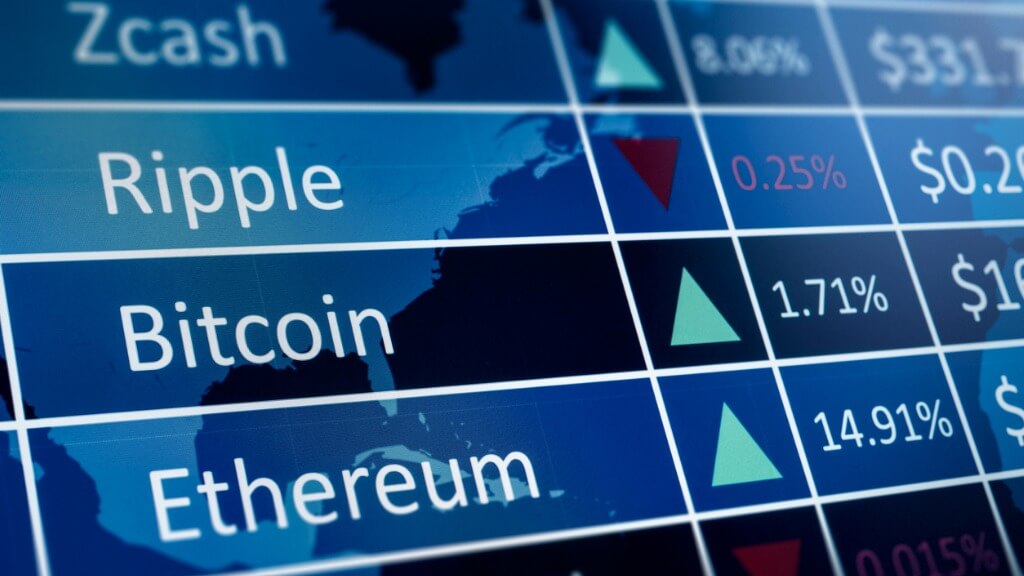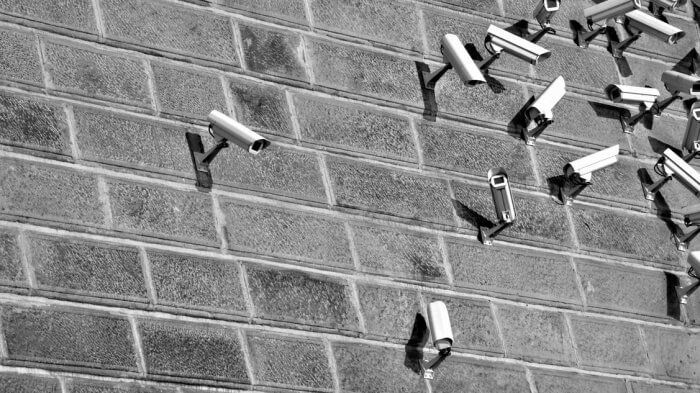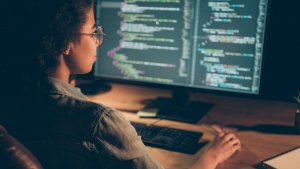What Can The Blockchain Actually Do?
It can facilitate any digital transaction - tracking, identifying and authenticating.

Much of the buzz around blockchain technology stems from the rise of cryptocurrencies. Because cryptocurrencies often translate into “money" in people's minds, the common assumption about blockchain technology connects it to the financial industry.
However, while its primary benefits -- identity, provenance, and transparency -- work exceptionally well for that industry, pigeonholing blockchain technology solely for financial transactions is a very limited perspective.
Before one can fully grasp the potential applications of blockchains as part of a technology stack, it’s important to understand how the platform works -- not on a nitty-gritty level, but from the perspective of grasping the broad strokes. To that end, this is a basic overview of how public blockchains work:
Networks of computers work competitively to build and maintain a list of transactions, a history of that blockchain. The transactions are the receipts for all the movement of cryptocurrencies or tokens from one address to another.
The network rewards computers for building and maintaining the records with new cryptocurrency. The fastest computers that are also accurate and honest are rewarded more often.
When looking at blockchain technology in this manner, it’s clear to see why it is a natural fit for banking. Financial institutions are tracking the movement of money and securities from one account to another. They are also being rewarded for tracking this movement.
Financial transactions need to be accurate and show provenance. Who sent them, how much, and who is the new owner. Blockchains do basic bookkeeping functions well - it is their primary function at a basic level.
However, data is data; whether it represents the movement of bitcoins or records the payment of a mortgage, or represents the data from a camera or other IoT sensor. When you take a step back with this perspective, it’s easier to see the bigger picture -- any data that requires a high level of integrity, longevity, and accessibility can benefit from blockchain technology.

Blockchain can deal with any transaction, from a mortgage to a Picasso
Current Blockchain Initiatives
One of the most exciting things about the blockchain is that it can power new types of global organizations and financial products. The past year we have seen the popularisation of fundraising powered by blockchain technology, Initial Coin Offerings (ICOs). According to the SEC, these are securities much like a stock or bond.
Things to keep in mind when looking to understand what an ICO token represents is that at this time, public blockchains are not companies, they are software. Coins also do not represent ownership of the blockchain they were issued on and you have no voting rights by holding them. Blockchains are controlled by the core developers and miners for that blockchain.
The innovation of ICOs is that they are a self-clearing and settling instrument that can be transferred with the manual accounting of current monetary systems. Accounting for them using a blockchain cuts out many intermediaries and the limitations of geographical and political boundaries.
The ICO tokens could represent anything just as stock could be from any company, but keep in mind that stock is issued from a company and is heavily regulated for fraud by the SEC and other governing bodies. ICOs are new and we are just now seeing governments and regulators determining how to manage them for the safety of investors.
With the potential for mile high returns, tokens have become very popular with investors and speculators. We may soon see more traditional assets represented as blockchain backed tokens benefit a system that is self clearing and settling.
Blockchains can also help benefit other sectors by reducing the need for other types of middlemen. Recording and verifying identities of people under our current system is done by institutions like credit reporting agencies and social media companies.
These intermediaries record, verify, and authenticate huge amounts of valuable information about all of us. They also help establish who we are and what happened when. They may also make some inferences about our preferences and what we may do in the future based on our past behavior.
Blockchain technology at this point can't do all that, but it can help us establish a clear history of what happened when, and who did it. As part of a technology stack, it could be used to allow individuals to establish a sovereign identity that gives them autonomy over their identity.
Furthermore, control over with whom and how much information they share. In the current climate of miss information and exploitation of consumers data, sovereign identity may be welcome answer.
The Future Of Blockchain Usage
The common thread uniting all of the examples mentioned above is the idea of transactional security. For cryptocurrency, “the blockchain” is not the actual currency, but it protects the record of who paid what and when.
For identities, the blockchain is not the social security number or Google password, but the vehicle in which that information stays uncorrupted. For device security, the blockchain is the authentication process but the medium to execute and record that authentication so devices can securely connect.

Blockchain will upgrade security on devices and in software
Thus, the blockchain is not a currency, authentication protocol or a medical record - it is part of a larger stack of technology. This understanding is key to seeing the potential of blockchain technology.
To use a real-world analogy, the blockchain is not the car, but the road the car drives on to get from point A to point B (albeit, a secured and paved road that allows for greater connectivity). This creates an important takeaway: this infrastructure is new and unique, and trying to cram it into existing legal frameworks is, at best, stifling and clunky, and at worst, pushes innovators to more hospitable territories.
Knowing this, the future of the blockchain doesn’t necessarily have to be world-changing technologies. The most interesting thing about the platform is that it can be a vessel for any secure data exchange -- but just because the data needs to be secured doesn’t mean that it’s proprietary or critical.
Take Cryptokitties as an example. One of the most innovative ways a company has used the blockchain so far is to make a game filled with unique digital kittens to be bred and traded by users. The blockchain is used to track all of the individually unique kittens as well as the transactions between users -- and the company has been so successful that the game slowed the Ethereum servers to a crawl.
This is a wonderful example of how the blockchain can be used in a mainstream consumer application, and perhaps it shows truly what the blockchain can actually do -- in the realm of data transaction, it can really be anything.
As long as data needs to be tracked and authenticated, the sky really is the limit, be it identification, cryptocurrency, or digital critters.
Tiana Laurence is an investor, founder & author of Blockchain For Dummies.
Thanks for signing up to Minutehack alerts.
Brilliant editorials heading your way soon.
Okay, Thanks!


